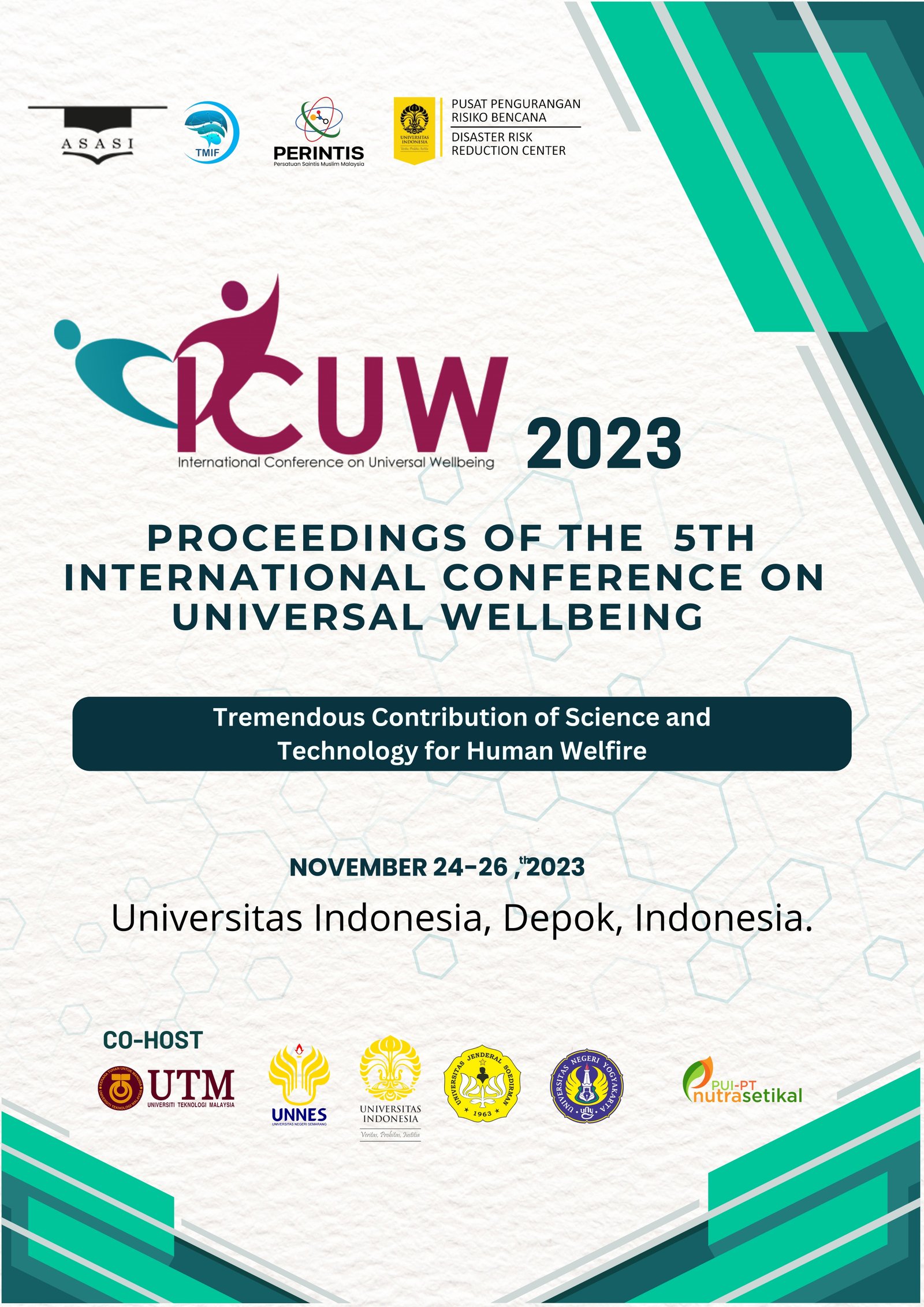MINING VILLAGE SUSTAINABILITY CHALLENGES IN WEST BANGKA REGENCY
Main Article Content
Abstract
West Bangka Regency is a strategic area for tin mining in the Bangka Belitung Islands Province. This area is one of the centers of tin mining and the site of the largest tin smelting plant in Indonesia. The villages are regional units that are directly exposed to the dynamics of tin mining and its associated impacts. Mining in these villages has increased community income. However, mining causes land degradation, loss of biodiversity, and increases the potential for social conflict. This situation poses a serious challenge to the sustainability of mining villages, particularly due to the depletion of tin reserves. This study aims to analyze the sustainability status of mining villages in West Bangka Regency. The sustainability status of these villages was identified using the Multi-Criteria Analysis (MCA) method with flag analysis. The results of the analysis indicated lower sustainability in 5 out of 13 indicators covering the socio-economic and environmental dimensions in the mining villages. The indicators that have the potential to cause unsustainability in these villages include the percentage of farming households, the percentage of the population aged 20 and over with a high school diploma or equivalent, the number of health workers, the percentage of stunted young children, the ecosystem service index for water supply, and the percentage of degraded land.

